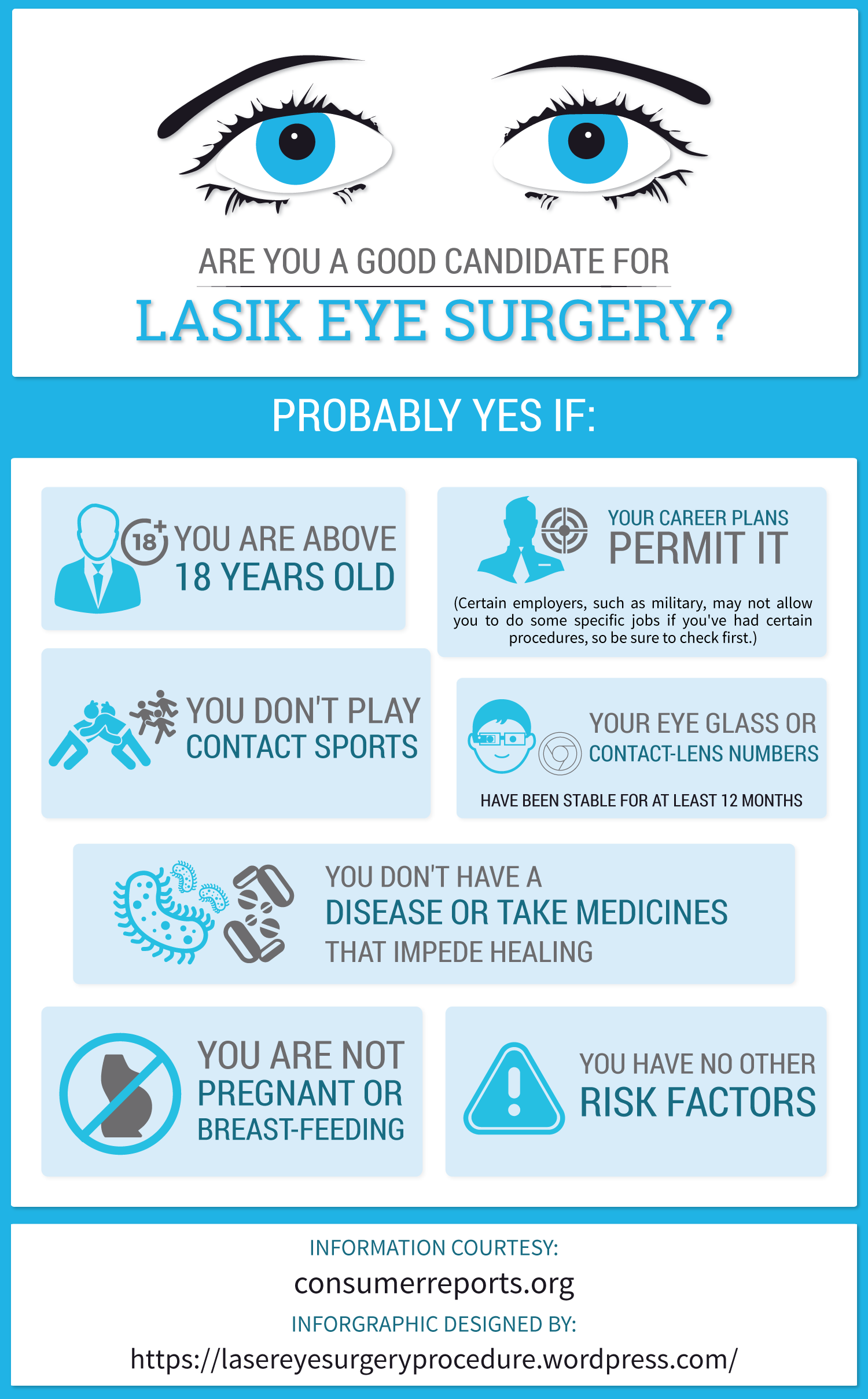Take A Fascinating Voyage Into The Growth Of Cataract Surgical Treatment Approaches That Are Changing The Area Of Eye Wellness
Take A Fascinating Voyage Into The Growth Of Cataract Surgical Treatment Approaches That Are Changing The Area Of Eye Wellness
Blog Article
over here -Mcfadden Alexander
As you discover the development of sophisticated cataract surgical treatment techniques, you'll witness a trip marked by ingenuity and accuracy. From old techniques that paved the way for modern innovations to sophisticated innovations that are revolutionizing the area, the detailed introduction of cataract surgery techniques is a testimony to human development and dedication to improving client end results. The elaborate interaction between historical methods and advanced improvements creates an interesting story that clarifies the advancement of one of the most common operations worldwide.
Historical Strategies and Innovations
Discover how very early doctors changed cataract therapy by utilizing ingenious techniques and tools. In LASIK Experience , cataract surgical treatment was a dangerous and unpleasant treatment. However, old Indian physicians were amongst the first to attempt surgical treatments for cataracts, using a strategy called 'couching' where a sharp instrument was used to push the cataract back into the eye. This approach, though crude by today's requirements, prepared for future innovations in cataract surgical procedure.
As time advanced, Arab doctors made substantial payments by creating specialized needles for cataract removal. These needles were utilized to pierce the cataract and after that extract it from the eye, marking a substantial enhancement in surgical accuracy.
Later on, in the 18th century, the French specialist Jacques Daviel pioneered the strategy of extracapsular cataract removal, where the entire lens was eliminated intact with a bigger incision. This noted a major development in cataract surgery methods, paving the way for the modern procedures we utilize today.
Modern Surgical Approaches
Early strategies in cataract surgery have developed considerably, bring about the advancement of contemporary surgical approaches that prioritize precision and improved person results. Modern cataract surgical treatment currently often entails a treatment called phacoemulsification, where an ultrasonic device breaks up the cataract for elimination via a tiny incision. This strategy enables quicker healing and decreases the danger of problems contrasted to older techniques.
In addition, using sophisticated intraocular lenses (IOLs) has revolutionized cataract surgery end results. These lenses can remedy not just the cataract however additionally other refractive mistakes like astigmatism, minimizing the demand for glasses post-surgery.
Surgeons today additionally have accessibility to innovative imaging modern technologies that aid in precise preoperative preparation and intraoperative decision-making. Optical comprehensibility tomography (OCT) and various other imaging techniques provide detailed images of the eye's frameworks, permitting a more individualized strategy to every individual's surgical treatment. With these developments, modern-day cataract surgical treatment techniques remain to improve, providing people safer procedures and far better aesthetic end results.
Emerging Technologies in Cataract Surgery
With advancements in modern technology revolutionizing the field, cataract surgery is experiencing the combination of innovative methods for boosted individual outcomes. Emerging innovations in cataract surgical procedure are reshaping the landscape of ophthalmic procedures. One such innovation is femtosecond laser technology, which allows for precise corneal incisions, capsulotomies, and lens fragmentation, bring about improved surgical accuracy and outcomes.
In addition, intraoperative aberrometry is getting appeal, enabling real-time measurements of refractive errors throughout surgery to improve intraocular lens power estimations and reduce postoperative refractive shocks.
Moreover, the use of advanced imaging innovations like optical comprehensibility tomography (OCT) and intraoperative wavefront aberrometry help specialists in specific medical planning and implementation. These tools provide in-depth physiological information and help customize medical methods for each and every individual's special eye features.
Furthermore, developments in artificial intelligence are being discovered to help in preoperative preparation, intraoperative decision-making, and postoperative treatment, possibly maximizing surgical outcomes and client satisfaction. Embracing these emerging modern technologies in cataract surgery holds assurance for further improving individual outcomes and guaranteeing the continued evolution of ocular surgical strategies.
Conclusion
As you journey through the background of cataract surgical treatment, you witness the improvement from old methods to sophisticated innovations. Like a phoenix climbing from the ashes, cataract surgical treatment has actually evolved right into a sign of hope and advancement.
Equally as a caterpillar emerges from its cocoon as a stunning butterfly, cataract surgical treatment has actually blossomed into a refined art kind, offering patients more clear vision and a brighter future.
The advancement proceeds, beaming a light on endless opportunities.
